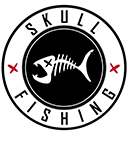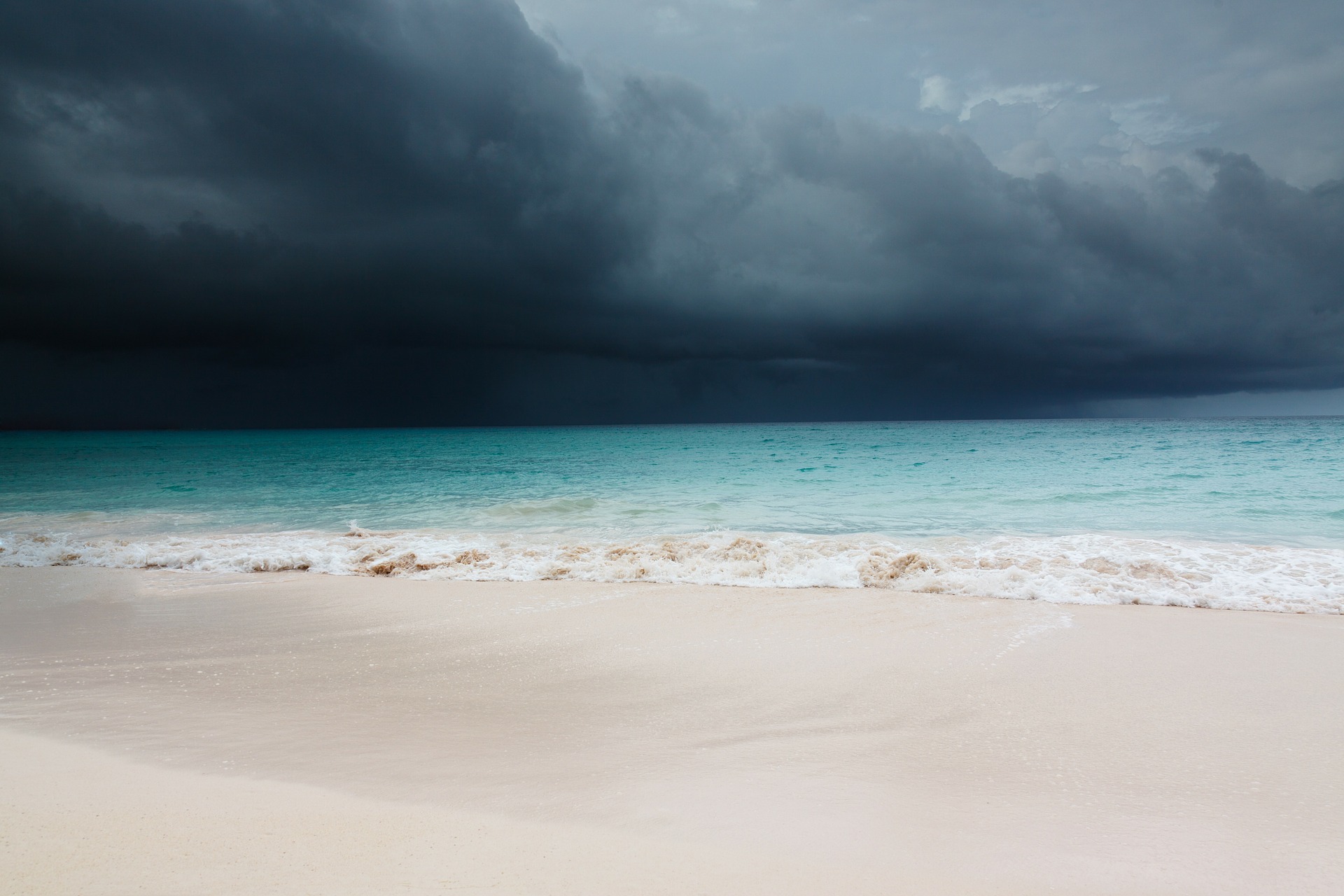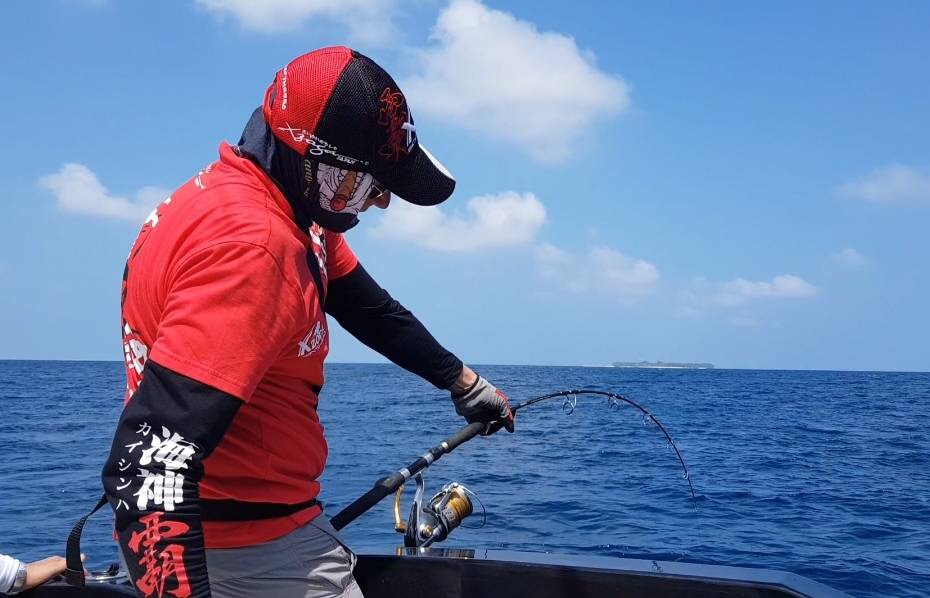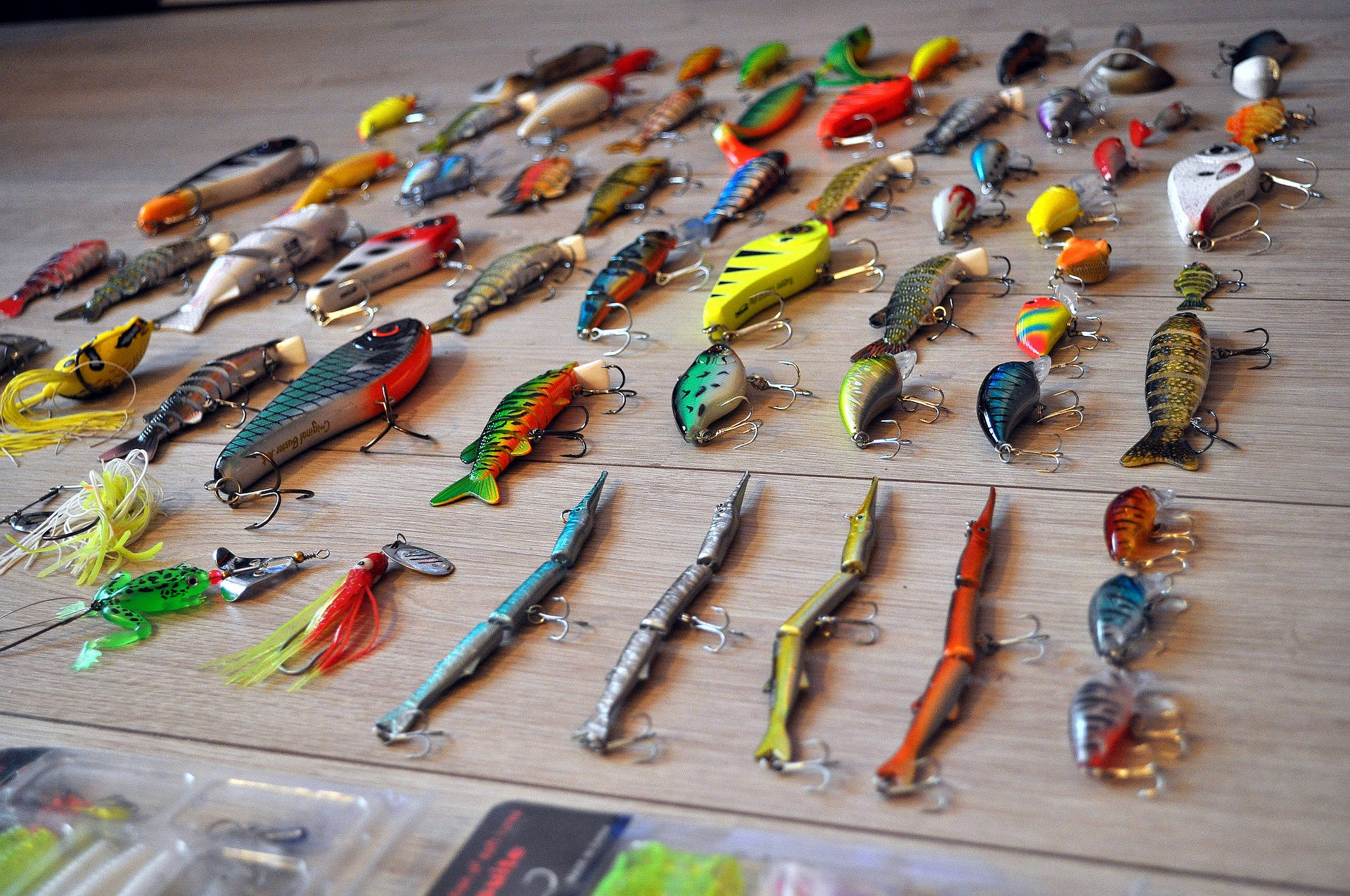Getting ready for your game fishing trip in Maldives
You have already booked your flights, booked your fishing charter, and don’t know what to pack for it? No worries! We got your back! When preparing for a fishing adventure, next to hiring a good fully equipped charter, packing properly is the number 1 thing you can do to ensure you have a great experience. The following checklist will help keep you organized for your next fishing trip.
1.CHECK FOR WEATHER
Maldives is a place that is sunny 365 days of the year – almost. We say “almost” as the period between April and mid December is the rainy season in the Maldives. The tropical rain can be heavy with strong winds and rough at times. Having said that its nothing a little research cant solve. Maldives Metrological Service would be the go to site for daily local marine weather report. Make a habit of checking the weather before embarking for the trip. Ask your charter for a forecast if you must, they will be more than able to give you a more precise forecast.2.DRESS APPROPRIATELY
For trips in hot weather as in Maldives, clothing is an important consideration when packing for your outdoor fishing trip. Being properly outfitted can keep you comfortable and ready to fight the biggest and baddest of the fish.Fishing in the Maldives means you often cannot get away from the sun. Matter of fact Maldives is the “Sunny Side of Life”. It’s part of the experience, so better embrace it and be ready for it. Lightweight, long sleeved shirts and shorts/pants with good ventilation will keep you cool and keep the sun off of your skin.
Rain jackets are essential if your trip falls on a rainy season. The last thing you want to do is to get rained on and have to stay wet the rest of your fishing trip. Ask your charter if rain jackets are provided for you, and if not, check the weather forecast and keep your rain jackets close. Windbreakers definitely helps keep you warm on those early morning starts. It also keeps you dry and protected from water splashes on those windy days!
Get yourself a good large hat that will give a good shade to your face. Bucket hats and sun hats are good options. 50 shades of sunglasses are critical when heading to the ocean. Invest in some good pair of polarized glasses, with good UV protection. Plastic or carbon fiber framed glasses are better than the metallic ones for protection against salt and easy cleaning. If you have spare change grab yourself a bandanas or a scarf which will work wonders under the sun.
3.SUN LOTION
SPF sun protection lotion that has a higher factor than 30 should be ready and with you at all times. Remember to reapply every hour or 2 when on the trip. Don’t forget your sunblock on those rainy days too, just because you don’t see the sun doesn’t necessarily means the UV rays aren’t there.
4.CAMERA
As soon as you get that trophy catch, you know you want to take a picture of it. Grab your best camera (water/splash resistant), GoPro or smartphone and keep it on the ready on your fishing trip. If you have the waterproof casings for them, bring it along on your trip. Otherwise, it’s always a good idea to bring a small waterproof zip-lock bag for your electronic items while it’s lying around. You don’t want to hate yourself at end of the trip for ruining your electronics.5.SEASICKNESS MEDICATION
Feeling dizzy, nauseated and uncomfortable is never fun. A seasonal angler or a newbie, regardless of your physical condition, you might have to take certain measures into account to reduce the risks of getting seasickness. To begin with, be sure to drink a lot of water before setting out, so your body remains cool and hydrated on humid, hot days. Sweating more means that you may experience seasickness. Setting out to sea on an empty stomach can make you more susceptible to motion sickness. Try to eat something about an hour before your fishing trip. Remember, where you choose to sit on the boat makes a difference. Always sit toward the front, face forward, preferably where you get cold fresh air constantly. A hot tip would be to always look at the horizon and not to look at the rocking boat. If you are sure all else fails, or you don’t want to risk being seasick on your fishing trip, consult your pharmacist or GP and take some seasickness medication as advised prior to the trip.
6.EXTRA CASH (optional)
You are on the waters, you are catching fish by the buckets and you realize it’s time to head to the island. No angler wants to leave when you have landed a fish school. Most charters accept last minute upgrades of packages, and rarely accept card payments on the waters. It’s always a great idea to be ready with extra cash in case you want to extend your trip a couple hours or tip the hardworking crew. It’s always customary to tip the crew.
7.HAND SANITIZER (optional)
Let’s be honest, you don’t want to touch your sandwich right after you have been handling fish. Take a hand sanitizer with you so you can peacefully have that prized lunch after your long morning of fishing. Don’t expect all charters to be prepared with knives and forks. A hand sanitizer might just come in handy!
8.GLOVES (optional)
Lots of anglers don’t like wearing gloves while fishing as it can make casting the rod and reeling in catches much more tricky. However, in our hot climate, you might want to keep your hands protected from the sun until the actual fishing starts. Gloves protects you from sun burn, bad weather and line cuts. Most charters have synthetic wool gloves available for fishing. The best gloves have a built-in sun protection, so if you are conscious about the sun, you might want to take a pair with you for your trip.9.NON-SKID RUBBER SOLED SHOES (optional)
Your feet are key to maintaining your balance on a boat and when reeling that prized catch, so you might want to consider good footwear. Shoes also protect you from any fish residue which might be on the deck as your fishing trip progresses. Lots of charters have non-skid fiber decks, in which case you get a good grip even bare foot. If the deck is teak, expect warm floors and you would have to wear some kind of footwear while you are in the boat. If the sea isn’t too rough, you can get away with sandals as well, but if you want extra grip and don’t have fishing shoes, give your sneakers a go.
10.OWN EQUIPMENT (optional)
If you are coming to Maldives exclusively for game fishing, or if fishing is a huge part of your trip, you might want to consider bringing your own gear. Charter boats usually come with all the gear that you need, but if you are a pro angler or a seasonal angler, and have a particular preference of fishing equipment, it’s always wisest to use your own gear. It’s what you are comfortable with, and what has gotten you a lot of fish. Travelling with rods and reels can be a hassle, so don’t be afraid to ask your charter what equipment they have on hand to make your final decision. Word of caution, seaplanes do not allow oversized luggage in the Maldives. So if you are catching a seaplane to your island/resort, ask your charter for alternative options to transport your equipment.Last but not least, to avoid any last-minute misunderstandings, double check with Fishing Charter, if;
- Fishing equipment is provided?
- Fuel is included in price?
- Water and food available? Food suitable to your dietary requirements?
- Payment by cash or card?
At the end of the day, everything you absolutely need is provided by most of the fishing charters, and all you need to do is put on some sunblock and to grab a camera and start your adventure.
Hope you have a great time fishing in Maldives!
GET FREE WEEKLY UPDATES!
Signup today & recieve our latest news & events – straight to your inbox.






0 Comments